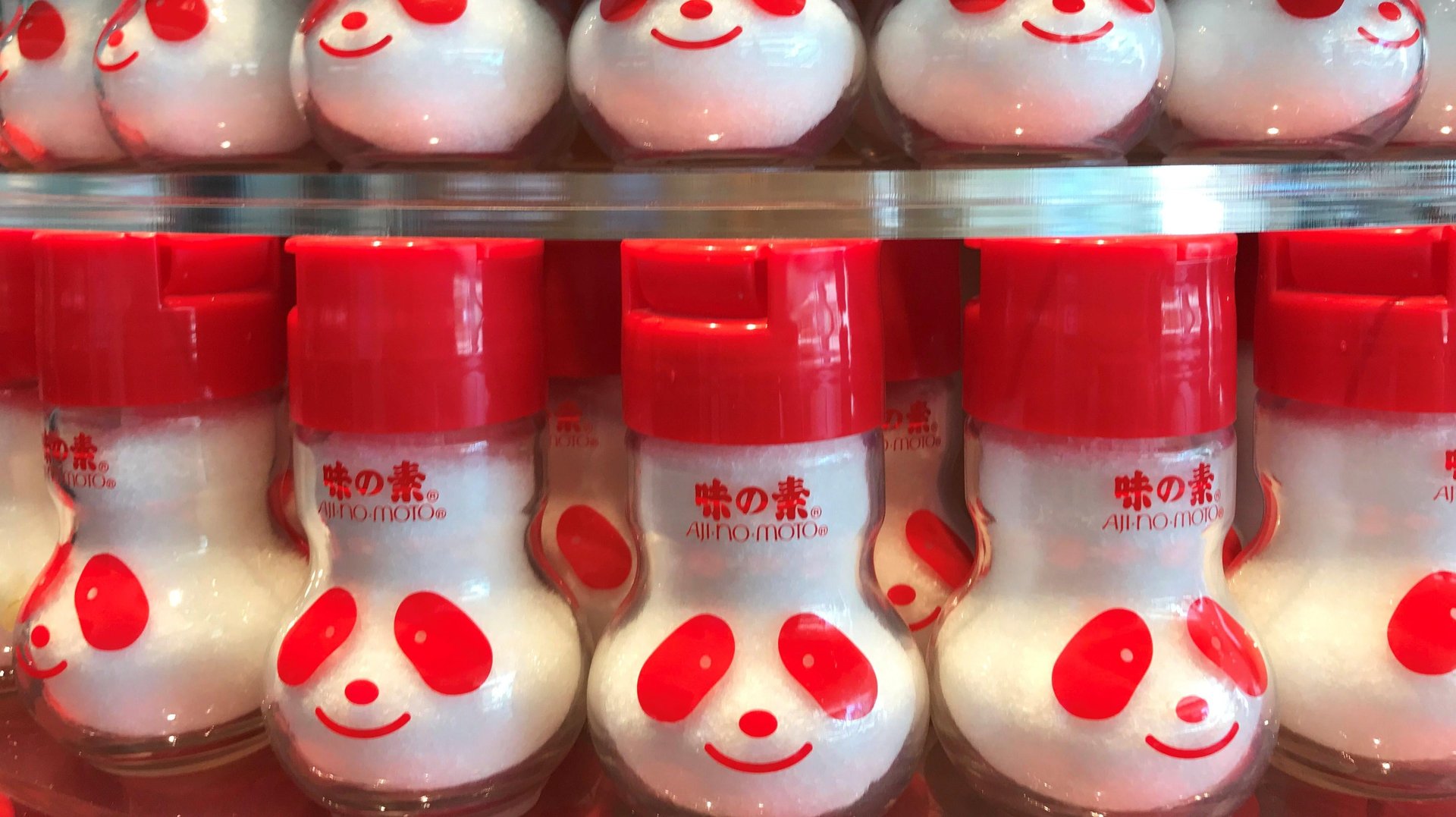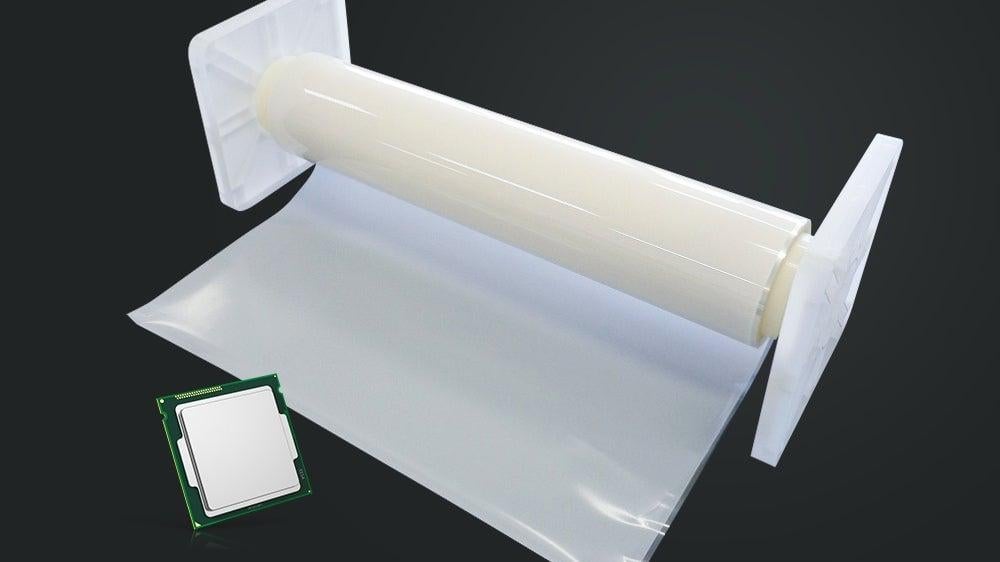How an MSG seasoning company became a serious player in the semiconductor industry
Ajinomoto's recent profit growth was driven by a core component used to power computers and 5G

During the covid-19 pandemic, Ajinomoto, the maker and inventor of the food seasoning called monosodium glutamate (MSG), found its profits booming. But that wasn’t necessarily because people were buying out stocks of MSG to add it to soups, stir fries, and other lockdown comfort food.
Instead, the company’s sharp growth was driven by the manufacturing of a niche yet powerful material called ABF, short for Ajinomoto build-up film substrate. ABF insulates the central processing units (CPUs) that power the functions of computers.
More than 90% of personal computers have ABF insulating their processors—a wild, unexpected diversification for a company that got its start 113 years ago in Japan marketing a seasoning full of umami flavor.
It’s more ABF than MSG for Ajinomoto at the moment
As demand for computers skyrocketed during the pandemic, so did earnings from Ajinomoto’s “functional materials” segment, which includes its ABF business. (The division also makes activated carbon, specially processed paper, and other components produced for manufacturers.)
In the fiscal year ended March 31, Ajinomoto’s earnings (pdf) from its functional materials segment jumped 53% from the previous year, to 28.9 billion yen. Profits for Ajinomoto’s sauce and seasoning segment, meanwhile, were roughly flat as rising ingredient and fuel costs tempered an increase in revenue.
Overall, functional materials made up 23% of Ajinomoto’s profit in fiscal 2021, up from 16.7% the year before.
How did Ajinomoto start making materials for computers?
In a sense, the business of both seasonings and materials is really the business of chemicals. And it so happens that the process of making MSG overlaps with the process of producing ABF.
To make MSG, sugar is converted into glutamic acid crystals through fermentation, which are then combined with sodium to make the popular umami seasoning. A byproduct of the process is chlorinated paraffin, formed when sodium is chemically extracted from salt. When the chlorinated paraffin is combined with epoxy resin curing agents (i.e. chemicals that go into making adhesives) it helps create a material with high insulating properties.

Ajinomoto has had a functional materials division (pdf) since 1942, making adhesives and flame retardants among other materials for manufacturers. In the 1990s, as computer sales rose, Ajinomoto saw opportunity when an electronics company asked it for a film-like insulator for circuit boards, says Eiko Oshimura, general manager of the amino science division at Ajinomoto.
Previously, a special ink had been used to insulate chips, but the liquid needed time to dry. A film would speed up production, just in time for the surging demand for high-speed chips—and the insulation needed to prevent short-circuit formations. After multiple iterations of development, Ajinomoto hit upon ABF in 1999.
Ajinomoto had a bumper pandemic
More than two decades later, during the covid-19 pandemic, personal computer sales soared as the ranks of remote workers skyrocketed around the world. In parallel, sales of Ajinomoto’s functional materials grew from 45.1 billion yen in ($327 million) in 2020 to 60.5 billion yen ($439 million) in 2021. “We were really surprised,” said Seiichiro Ohashi, the head of ABF group housed within the Ajinomoto’s Fine-Techno Company subsidiary.
Like other sectors, the semiconductor industry, which creates processors for computers, is subject to cycles of boom and bust. Between 2008 and 2013, sales of ABF had dropped because of the financial crisis and the rise of smartphones. (Smartphone chips are not insulated by ABF.)
But Ajinomoto is betting that demand for ABF will stay sustained, even though personal computer sales are declining compared to 2020-21 levels. “AI and big data are kind of the trend,” Ohashi said, “and [they] use high-performance computing.”
Ohashi also points to the expansion of 5G mobile data, which will pave the way for more data centers—buildings full of processors requiring insulation. Ajinomoto projects that its volume of ABF shipments will grow 18% annually (pdf) between 2020 and 2025.
How Ajinomoto keeps up with innovation
Dominant as Ajinomoto is in this niche of insulation, the company is forever watchful for other businesses supplying chemicals to electronics manufacturers, Oshimura said. For example, AT&S, a supplier of circuit board substrates for Intel, invested $2 billion in a new substrate production plant in Malaysia, which is set to start operating in 2024.
“This is a very swiftly changing technology field,” Oshimura said. Research teams cycle through development and prototyping very quickly, because customers want higher processing speeds every few years, requiring upgrades in the ABF material to match that performance.
When quantum computing finally hits the commercial mainstream, Ohashi said, Ajinomoto will have to develop appropriate materials for those machines as well, if ABF doesn’t do the job.
The insulation substrate market is expected to grow from $4.5 billion to $6.5 billion by 2028, according to Absolute Reports, a market research firm. Overall, Ajinomoto’s food business is bigger—making up 58% of the company’s sales in 2021—but Ajinomoto plans to keep growing its non-food business.
“One key is the communication with customers,” said Ohashi. “Once [a] customer says, ‘I want this,’ we need to prepare [so] we have this.”
